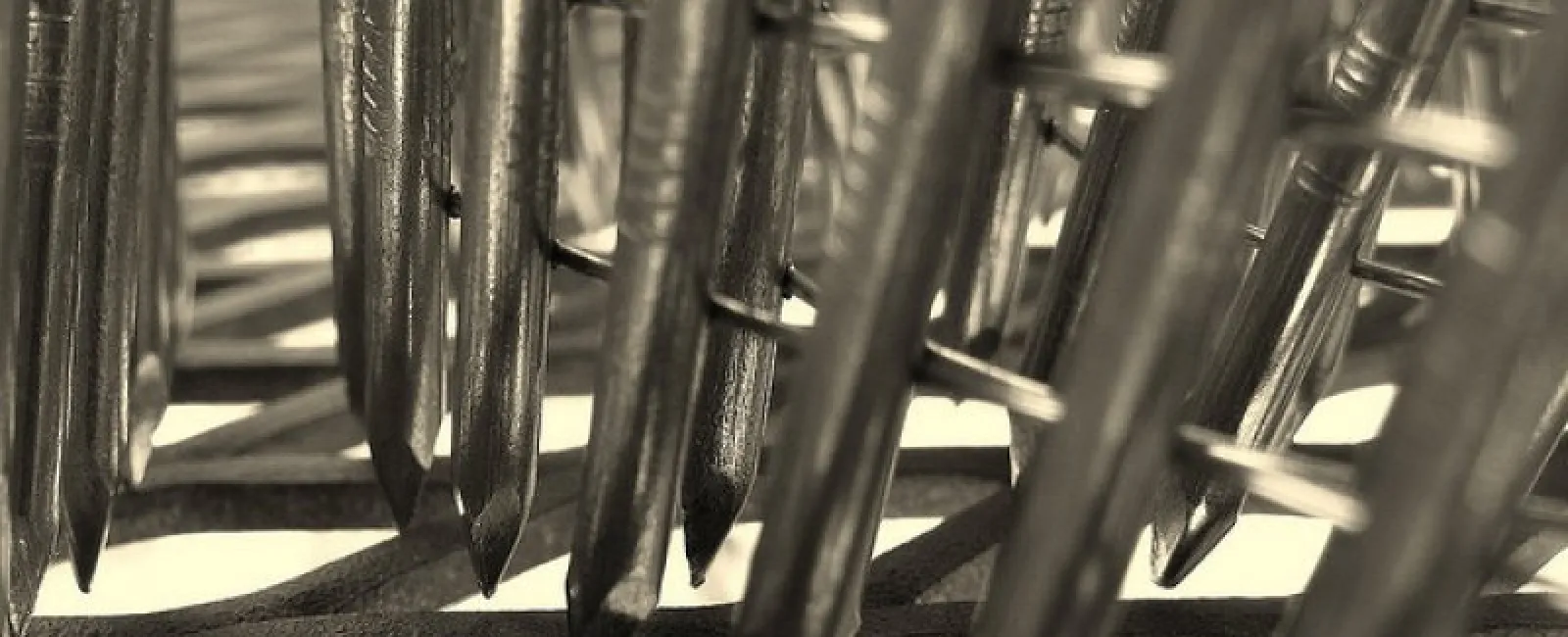If you are starting a roofing project, you have an important question to answer: staples or nails? Here’s a hint – the correct answer is “nails,” but you must still choose the best nails for a roof project. Here is the information you need to get started:
Roofing nails
Choosing the appropriate nails is a very important step in planning for a re-roofing. There are many different types of nails available, but nails for a roof are specifically designed for nailing shingles. Typically, roofing nails are made of stainless steel, but sometimes they are made of aluminum. They also have very large, broad heads compared to most other nails. Roofing nails are not measured by “pennies” but rather by inches and are clearly labeled as roofing nails.
Galvanized nails
Roofing nails tend to be galvanized, a process that makes stainless steel resistant to rust by coating it in a layer of zinc, which does not rust. Galvanization is very important when it comes to roofing nails, but even here you need to be careful because there are different types of galvanization. Try to find nails that are “hot-dipped,” which tends to provide the highest quality of zinc coating. Electro-plated nails, on the other hand, tend to lose their coatings more easily and it is best to avoid them if possible.
The nail shank
Nails for a roof have different types of shanks or shafts depending on their purpose. A screw shank, as you may guess, uses a screw shape that drives the nail in more securely to the roofing deck and keeps shingles fastened tight. These are ideal for homes that get frequent windstorms and bad weather. A ring shank nail has an extra-large head and a blunt shank, which is more suitable for nailing through roofing felt as well as shingles but doesn’t provide as much traction. Meanwhile, a smooth shank is an inexpensive option best suited for rooftops that don’t face bad weather.
Nail length
The size of nails for a roof can vary, but should always match your roof material thickness, including underlayment. A proper roofing nail should have a tip that passes about 3/8 of an inch beyond the bottom of the roof sheathing. If you aren’t sure what length sounds right, take a look at your old nails or ask for the opinion of a professional.
Metal panels
If your roof project uses metal panels instead of shingles, you’ll have to approach fasteners from a different angle. When working with metal, choosing screws usually guarantees a better installation that is less likely to develop problems in later years. Screws resist the yearly contraction and expansion of metal materials that can force nails outward. Choose screws that are galvanized and coated to resist the elements, and look at the manufacturer’s recommendations for more information on what kind of screws should be used.



